Plants like most animals:
10 Behavioral Plants
Like animals
Plants have no eyes or ears, no food, no brains, but can wonderfully perceive their environment and react accordingly by looking at the world around them and doing nothing because they are nothing but quiet individual creatures - we all made a mistake. Also bellows is a list of the top ten plants as an animal. And some of these are like humans.
10. Tatar flag (fragrant plants)
Have you ever heard of vampires and suspected they existed? Today we make you even more shocked because we are here to provide a parasitic plant that has no roots and cannot produce its food . It lives entirely on a host plant and expels its distribution from it. Studies like its tiny teeth pierce the stems of other plants and absorb life from it. But it is not so much what surprises us, what amazes us most is that this plant chooses one plant over another and prefers tomatoes over any other plant. According to research at Ben State University, this flag sniffs victims around itself and finally makes a choice, how does it manage its eyes, ears, nose, (not to mention brain) like animals? Of course.
9. Sensitivity (Mimosa Pudica)
Plants are very effective at responding to touch, but not as fast as lightning, well, maybe not even close. Water pressure against the cell walls will keep the leaves hard. When it is pinched or beaten, the plant sags quickly. The plant is native to South and Central America. The exact reason for its quick response to touch is not fully understood, but did you not expect the plant to move as if it had quick-response muscles?
8. Desmodium chirans (dance plant)
Dancing plant , it is a plant that is well known all the rules of plant behavior at intervals. Plants can react to touch or light or fire, but not to music, right? Wrong! Charles Darwin once thrilled that this plant is believed to react to sound and that it is (more than anything) sensitive and in 1873 wrote to Joseph Hooker "For my own pleasure, I want to tell you about the movements of the desmodium (chirans).
7. Venus Flighttrop
A clear capture right? Many of us are familiar with this predatory bad plant. If there is a plant that exhibits animal behavior, it is the fly trap. The native of Carolina, when an insect no doubt approaches the open leaves, only needs to use a brush and a trap lid to lock the insect into the plant's hair. Plant. Wait, digestion? A plant? You read well. It is one of the most amazing carnivorous plants .
6. Knopfish found (attack plants)
Seriously, here comes a plant that can conduct wars? It is a plant that poses a serious threat to the mountains. To absorb some nutrients from the soil, knobweed root deploys many chemicals, but these chemicals have a nasty advantage that they seem to destroy many plants so that knobweed can capture more of the soil or terrain. Behavior like an animal.
4. Jug plant
Another carnivorous plant is the pitcher plant . Evolution has developed the leaves into a funnel shape, with a hood structure growing over the opening. The trap set by this plant is very simple, the insects are attracted by the color and smell, and the honey near the opening. As the insect approaches, it tramples the slippery opening and falls inside and eventually dies and becomes digested.
3. Nepenthes
These plants are a nickname for what are called monkey cups because monkeys are sometimes observed drinking rainwater from them. They are carnivorous and prey on insects, but larger species of these plants ( such as Nepenthes raffleciana) can also trap mice. We have already established that these plants look like cups, so these cups contain syrup and liquids that fall into it and are used to drown and digest animals. The next time you think you've traditionally hunted only humans, think twice.
2. Animal-like plants: Trosera
Commonly known as suntius, it is a carnivorous plant with nearly 200 species. The defining features of this plant are the moving tentacles, which contain secretions such as sweet and sticky honey. Once the insect lands on the secretions for food, they become entangled, and the plant directs the beautiful cool reinforcements of the higher tents to trap it further. The plant is then digested and absorbed. The idea of digestion is very common in the plant world.
1. Acacia trees of South Africa
Scientists learned more about plant intelligence in an incident in Limpopo Savannah, South Africa, which we will summarize. Only during prolonged drought do nests feed on the same evergreen, life-saving acacia trees . Began to die in large numbers without mercy. Autopsy revealed that the pupae were killed by poison released by the trees deliberately to reduce the number of pupae that increased as a defensive mechanism. Professor Van Gogh's exhausting research revealed that the jar felt a large number of acacia leaves were cut, and increased the concentration of a chemical called tannin to stop chopping the leaves. Even more bizarre, acacia is chemically linked to neighboring trees, increasing their tan concentration to protect the whole family. Awesome !!
If intelligence can be measured by survival, who is the winner? If it does not behave like a human or a plant, what is it?

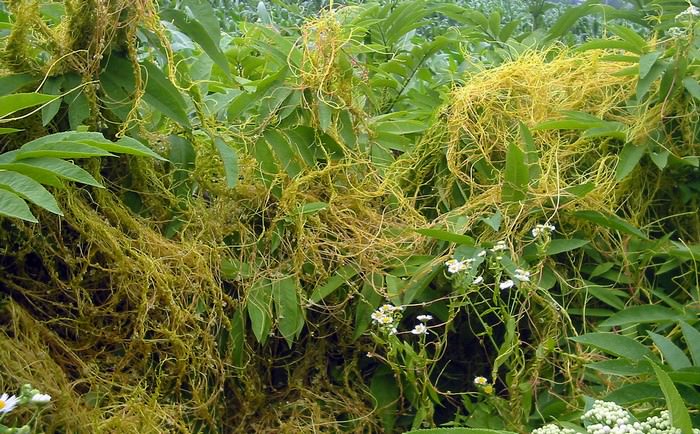
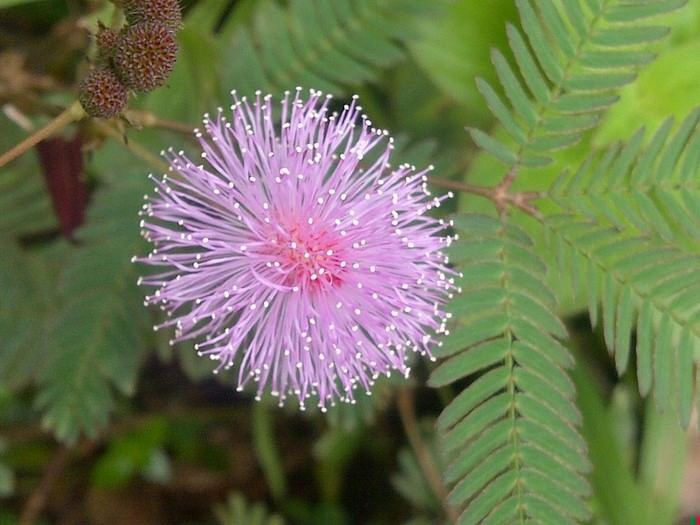
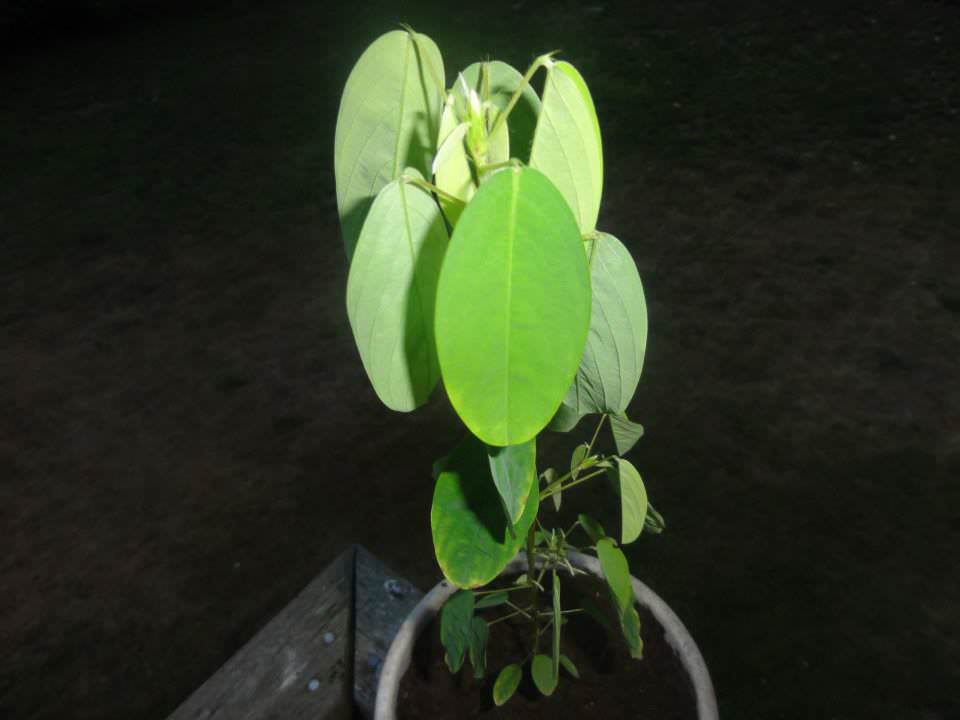
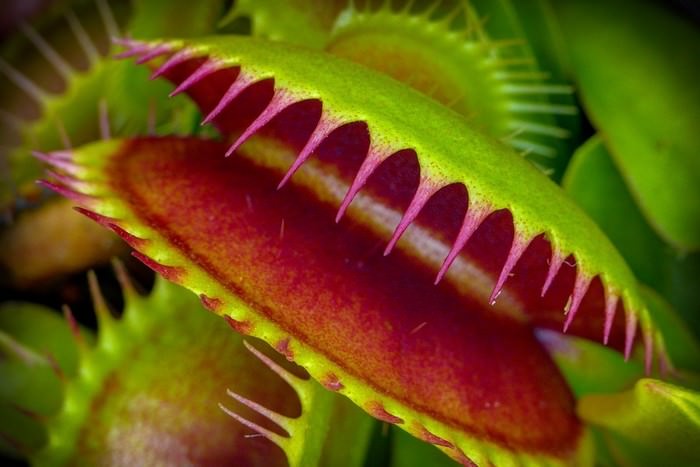
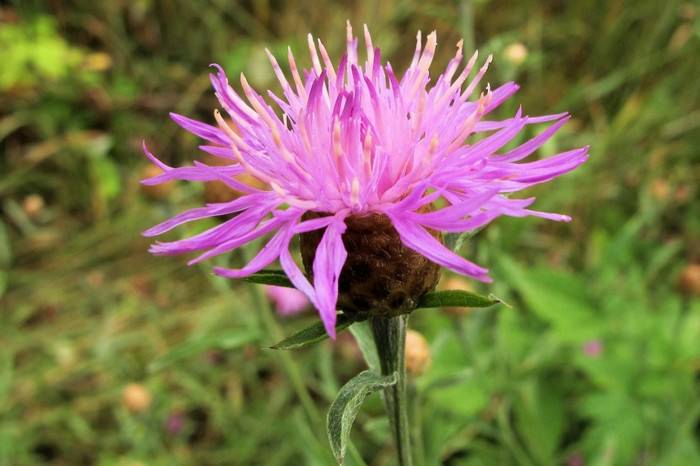
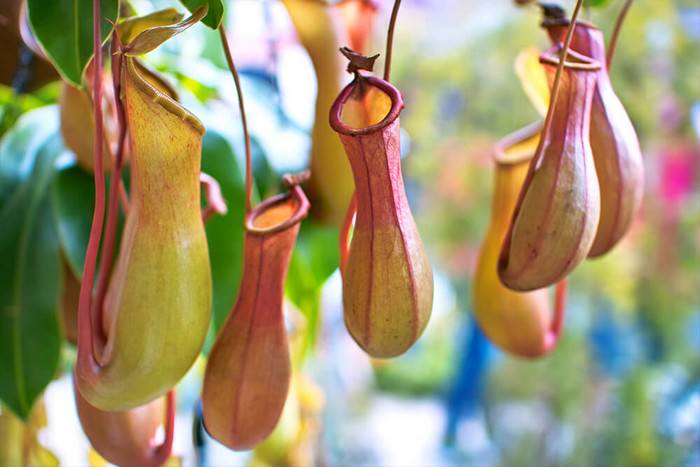
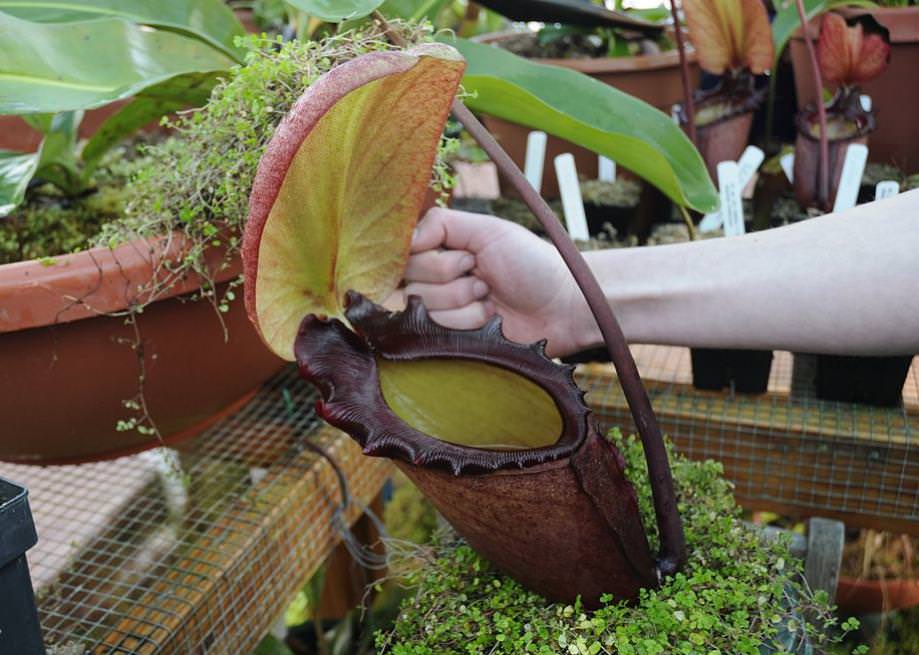
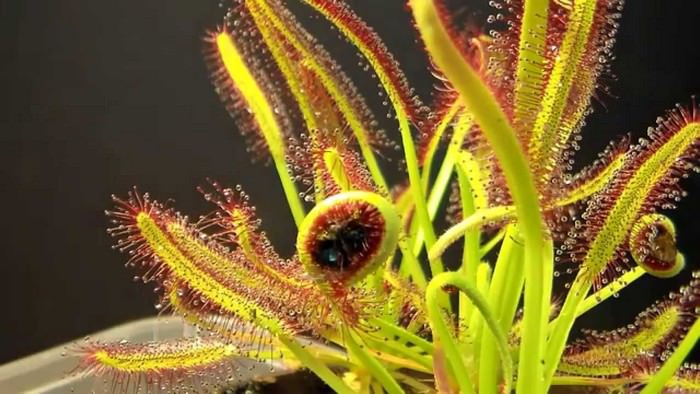

0 Comments